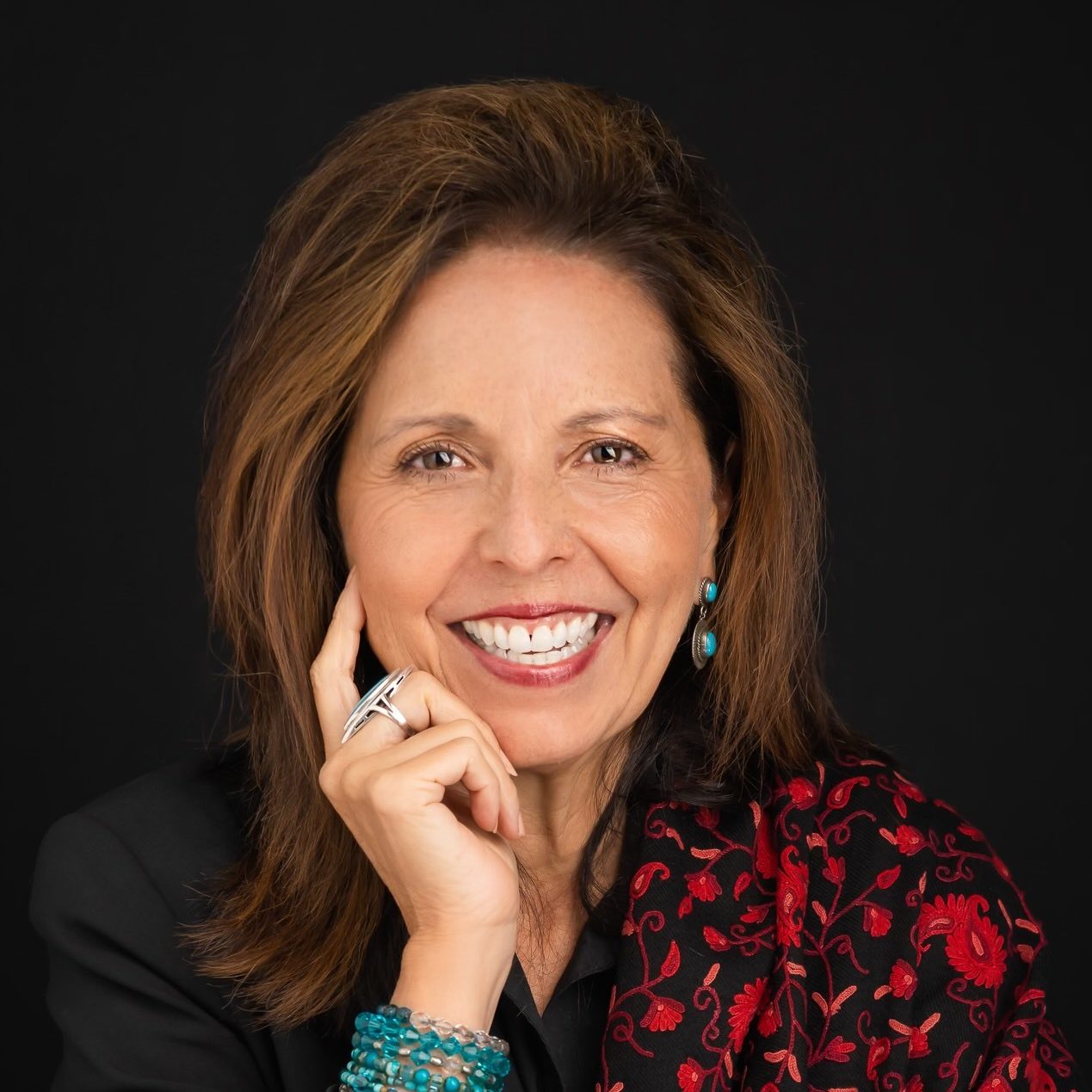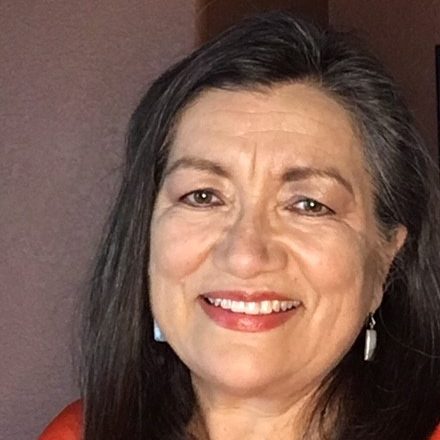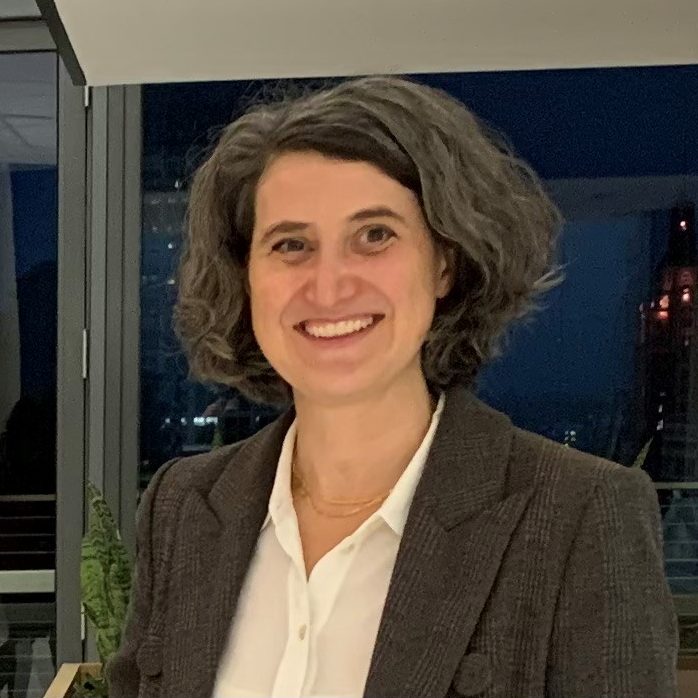About OYCR
ON THIS PAGE
OUR
Mission
A commitment to restorative youth justice.
OYCR promotes trauma responsive, culturally informed, gender honoring, and developmentally appropriate services for youth involved in the juvenile justice system that support the youths’ successful transition into adulthood.
OUR
Vision
A shift to how California approaches youth justice.
The OYCR vision of youth justice is one that is framed by accountability and healing rather than punishment, and has been driven by on-the-ground advocates, researchers and probation departments, along with policy, funding, and practice changes, working together to make this new vision of youth justice a reality.
DIVISIONS
How Our Office Works
Our team operates across several divisions, unified by the dedication to achieving better outcomes and system improvements for youth across the justice system.
Research and Data Division
Collects and shares juvenile justice data and practices to develop strong county-level programs and consistent treatment of youth to meet their individualized needs.
Systems Change and Equity Division
Provides technical assistance (TA) to all 58 counties on issues related to equity and systems change to improve policies and practices that decrease disparities of youth of color in the system, as well, deliver TA on promising practice and evidence-based healing and trauma-responsive, culturally respectful, and gender specific, less restrictive programs for youth involved in the juvenile justice system.
Ombudsperson Division
An impartial problem solver that investigates and tries to resolve complaints about rights violations and harmful conditions or practices in juvenile facilities.
Health Policy Division
Provides stakeholders assistance with policy implementation strategies to improve physical and behavioral health services with the goal of reducing or eliminating symptoms and in support of overall wellness and healthy living for youth involved in the juvenile justice system.
MEET OUR
Executive Team
OYCR
Policy
As a statewide policy leader, OYCR seeks to break down barriers among child-serving systems to ensure that youth who are court-involved receive support focused on restorative justice and healing, rather than punishment. OYCR is charged with evaluating the efficacy of local programs to ensure that youth who are court-involved are being supported by best practices.
Some key policy areas for OYCR are:
- Promoting equality for youth who are court-involved and youth involved in the child welfare system
- Reducing the transfer of young people into the adult system
- Reducing racial, ethnic, and gender disparities in the juvenile justice system
- Promoting access to higher education and sustainable careers
- Promoting data transparency
OYCR
Committees & Workgroups
Restorative Justice Advisory Board
More information will be shared when available.
Youth Justice Committee
The Youth Justice Committee, formerly known as the OYCR Committee of the Child Welfare Council, is tasked with realizing the mission and vision of OYCR. Committee members consist of a variety of judges, juvenile law experts, trauma responsive/therapeutic care experts, youth with direct youth justice system experience, youth advocates, and more.
Youth Advisory Board
The Youth Advisory Board empowers and fosters the growth of young people by creating a respectful, trustworthy space for engagement and collaboration on key policies and projects. The YAB works to bridge gaps between counties and among youth and young adults, helping them connect, uplift, and advocate for one another. By partnering with communities and systems directly, the Board is actively transforming harmful, failing structures into those of care and success.
Meet The Youth Advisory Board ➞
Listening Sessions
OYCR developed listening sessions open to the public to allow for comments, questions and suggestions about the use of funding for projects and grant priorities.
CBO Capacity Development Workgroup
After the May 4, 2022 OYCR Committee meeting, OYCR Committee members voted to prioritize partnerships with community-based organizations (CBO). They also decided to convene a small workgroup to continue to brainstorm, formulate and ultimately complete meaningful, actionable CBO tasks based on feedback and voting from the committee meeting.
OYCR Education Advisory Committee
- OYCR has launched an Education Advisory Committee with a focus on higher education to identify opportunities, barriers, and strategies to promote higher education and career opportunities for justice-involved youth.
- Met for the first time on February 22.
- The Committee includes representatives from community colleges and universities, county offices of education, SELPA, State Board of Education, probation, advocates, and others.
- An initial goal of the Committee is to promote the expansion of the Rising Scholars program into youth facilities.
OYCR Executive Steering Committee
OJJDP requires states that receive Title II awards to establish a State Advisory Group (SAG) to advise on Title II activities. As of June 2024, California’s State Advisory Group (SAG), which is the State Advisory Committee on Juvenile Justice and Delinquency Prevention (SACJJDP), membership is being renewed and redetermined per the Governor’s decision. This Committee will also serve as the standing OYCR Executive Steering Committee on behalf of the Governor to support policy and programs that improve outcomes for young people in the justice system.
OYCR’s page dedicated to SACJJDP is here.
June 2025 Newsletter
May 2025 Newsletter
April 2025 Newsletter
March 2025 Newsletter
February 2025 Newsletter
January 2025 Newsletter
December 2024 Newsletter
November 2024 Newsletter
October 2024 Newsletter
September 2024 Newsletter
August 2024 Newsletter
July 2024 Newsletter
June 2024 Newsletter (PDF)
May 2024 Newsletter (PDF)
April 2024 Newsletter (PDF)
March 2024 Newsletter (PDF)
February 2024 Newsletter (PDF)
2024 New Year Newsletter (PDF)
Fall 2023 Newsletter (PDF)
Summer 2023 Newsletter (PDF)
Winter 2023 Newsletter (PDF)
Fall 2022 Newsletter (PDF)
Summer 2022 Newsletter (PDF)
Spring 2022 Newsletter (PDF)
OYCR
Initiatives
OYCR Initiatives focus on Youth in the Juvenile Justice System.
Vera – End Girls’ Incarceration
OYCR and the Vera Institute of Justice have partnered to initiate a statewide technical assistance effort: the Ending Girls’ Incarceration (EGI) in California Action Network (the Network). You can read more about EGI through our fact sheet.
The Network aims to immediately reduce, and ultimately eliminate, the incarceration of girls in the state of California. This collaboration will offer four counties—led by their probation offices in collaboration with other system leaders—the opportunity to receive funding from OYCR and technical assistance from the Vera Institute of Justice to implement equitable policies and gender-responsive programs for girls and gender-expansive youth. For more information on this initiative, visit their website.
OYCR
Partners
OYCR works with partners across the juvenile justice continuum to support positive youth development, build capacity for community-based approaches, and reduce the justice involvement of youth.
State Organizations
- To assist families and youth with complex needs:
- California Department of Social Services (CDSS)
- California Department of Health Care Services (DHCS)
- California Department of Developmental Services (DDS)
- California Department of Education (CDE): Specifically for Technical Assistance calls
County Departments
- Probation
- Public Health
- Behavioral Health
- Education
Community-Based Organizations
- PREVAIL | Pioneering Restoration and Elevating Voices of Advocacy, Idealism and Leadership
- Mary Magdalene Home
- Victor Community Support Services
- Young Women’s Freedom Center
- National Center for Youth Law
- California Alliance for Youth and Community Justice
- Trauma Recovery Centers
- CA Victim Compensation Board
- California For Safety and Justice
- Alliance for Safety and Justice
Education Pathways
- Rising Scholars Network
- Prison Education Project (PEP)
- Underground Scholars
- CSU | Project Rebound
Health
- Children and Youth Behavioral Health Initiative
- Behavioral Health Task Force
- Behavioral Health Continuum Infrastructure Program (BHCIP)
- ACES Aware Initiative (Office of the Surgeon General)
- CalAIM (California Advancing and Innovating Medi-Cal)
- Complex Care Steering Committee (Dept. of Social Services)
- UCLA – Health-based Guidance for the Rehabilitation, Healing, and Care of Youth in the Juvenile Justice System Council on Criminal Justice and Behavioral Health
Career
Opportunities
As our office grows, we are searching for individuals passionate about restorative youth justice and reducing the justice involvement of youth in California. If that sounds like you, please find our active OYCR job openings below:
Events
California Youth Justice Summit
It is OYCR’s honor to bring together Juvenile Justice system partners for a day and a half of relationship building, learning from one another, report out the status of Juvenile Justice in California, and vision together about where we are going. Come away with a sense of learning, having met new friends, and a commitment to further systems improvement and the implementation of the Positive Youth Justice Model.
OUR




